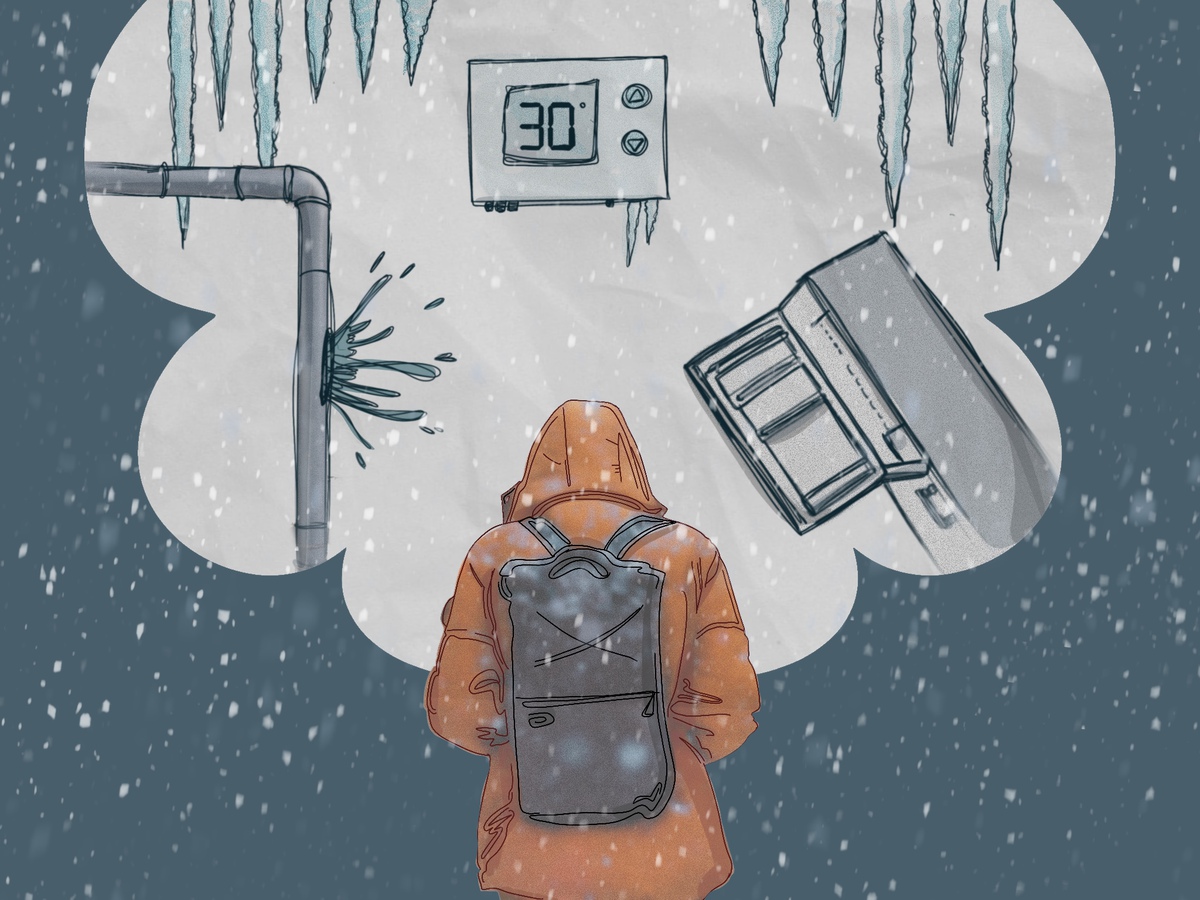UT analytical chemists, microbiologists and engineers are collaborating to use 3-D printing technology to create protein houses for bacteria. Researchers use this method to better determine how different environmental changes affect the bacteria.
Postdoctoral fellow Jodi Connell was the primary researcher involved in using these methods to study Staphylococcus aureus and Pseudomonas aeruginosa, bacteria which can develop antibiotic resistances.
Postdoctoral fellow Eric Ritschdorff described the basic process of using the 3-D cages to study bacteria.
“Jodi mixed gelatin — which is a protein — and some other molecules and cells … positioned a laser focus, defined an orientation … and then washed away the gelatin that [was not] reactive to light,” Ritschdorff said. “That left cells inside a container that we can then study.”
Studying bacteria by shaking them in a flask, for example, can help researchers study different genes, but it is not going to reveal how the bacteria is acting or reacting to an infection or environment in nature, Connell said.
“What students probably do not realize is that bacteria are actually very social creatures,” molecular biosciences professor Marvin Whiteley said.
Bacteria can gauge how many or what type of other bacteria are around them by secreting and sensing chemical differences, Connell said. Bacteria can coordinate gene expression to express a phenotype when they are around other bacteria that they may not express when they are isolated.
“No one really knows the spatial requirements … or what induces these behaviors physically,” Connell said.
Whiteley said it was a major challenge to make the systems more biocompatible with the bacteria, and Connell did much of the work to overcome this challenge.
Another difference between this and previous research done using the method is that earlier research relied on creating a house first and then adding cells, Ritschdorff said.
“The benefit of this method is [Connell] can define the orientation or placement of bacteria any way she wants,” Ritschdorff said.
Ritschdorff said right now they are studying how bacteria react to their environment with some research focusing on how cancer cells migrate.
One application of this research is antibiotic resistance, Whiteley said.
“No one really knows how bacterial infection actually works,” Whiteley said.
Some of Connell’s work involved researching the bacteria involved in Staph infections.
“It’s really interesting to study a Staph infection like this [because] in nature or in an infection, bacteria are rarely … just one species,” Connell said. “[Using this method] we actually defined their orientation as if one were to infect after another which [happens] a lot.”
No one really knows what kind of stress a cell may be feeling when it is confined to a test tube, for example, because there are little aggregates in nature that are thought to be a major mode of disease transmission, Connell said.
Within the next few years, Whiteley ultimately hopes to answer these questions and use this method in animals to create models of infection and disease, he said.














